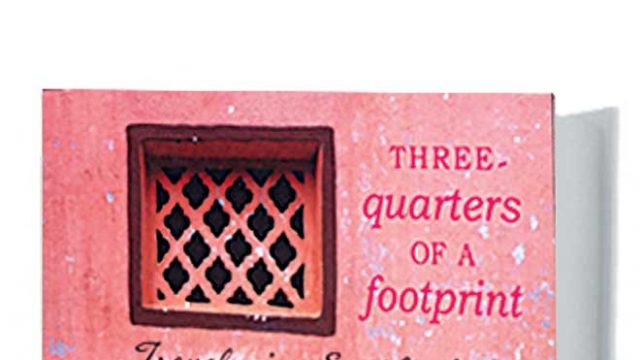The quirky cover in shades of fuschia pink features a vaguely Mughal jaali window and a tethered goat that could have inadvertently strayed into a Holi celebration, which must be meant to intrigue when juxtaposed with the title (the plain mango-coloured inside cover is even more eye-catching). The cover does not maketh the book, of course (and the author reaches southern India on page 121 out of 256). The book begins with ‘An Explanation’ and a ‘Preface to the Aleph Edition’, with Roberts’ flashback on spending five months wandering about southern India on a whim (and a timely inheritance) some 25 years ago, when this account was first written. Upon revisiting it all these years later, he admits to being struck most by “the artlessness” and “the slight clumsiness of prose”. He says he was motivated by a “kind of honesty” and I’m charmed that it never appears to have left him.
What troubled me more is his admission to having ‘recreated’ dialogue, transposed members of family, juggled people and places, and altered the sequence of events. What parts of the book are we to trust as non-fiction then? Page after page after page after page after page of minute details and transcribed conversation follow. The sense of how much the last quarter of a century has altered India, which could have been a reason to time travel with the new edition, doesn’t nearly come through. In fact, the passages on Banaras, among the most evocative here, reinforce the impression that nothing changes in India. The character sketches often left me with the dissatisfied sense of an outsider looking in (the author admits to being much better informed now, in his fifties, and wonders if his eyes would fall on the same details as they did then). The absence of humour chafes. Earnest and honest though it is, perhaps this journal-like literary excursion was best left tucked away somewhere in that nook each one of us keeps for our rampant nostalgia, away from the nasty vagaries of publishing.




